Wrynose & Hardknott Pass, Lake District, UK
The Romans forged the route in 2AD to join two of their forts, at Ravenglass on the coast and inland at Ambleside. Once they left, two centuries later, the route was still used by packhorses, but gradually fell into a state of disrepair. War arrived in the middle of the 1900s, and the MOD was looking for tank training grounds; deciding the area was just perfect for this, it spent time tearing up the historic trail.
The war ended, and someone must have pointed out the damage, for a new path based on the original was laid with a Tarmac surface, so that motor vehicles were able to cross the hills for the first time.
Strictly speaking it combines two, separate passes: Wrynose, and Hardknott. The best direction is from the east, and leaving Little Langdale, west of Ambleside, turn left for the Wrynose Pass.
Latitude: 54:23:45N/3:05:51W Length of drive: 10 miles Points of interest: Food and accommodation: Fell Foot Farm Bed and Breakfast, Little Langdale Old Dungeon Ghyll Hotel
Three Shires Inn,
Little Langdale
www.threeshiresinn.co.uk
www.fellfootfarm.co.uk
www.odg.co.uk
The road is single-track and narrow in places with unforgiving dry stone walls. Rising steadily to start with, after a section with a good view ahead the first, more serious inclines appear.
They’re easy second gear affairs for any 911, but still require a technical approach. The summit of 393 metres passes, and the descent begins; as the view down the valley appears, the route ahead is easy to trace along the bottom and threading up the slopes in the distance. The descent is somewhat simpler, and no test of brakes for a supercar, although beware that ‘ordinary’ cars may need to be nursed down.
Spotting the River Duddon heralds the end of the Wrynose section, and as we roll through the valley of Wrynose Bottom, we turn right at Cockley Beck, passing warning signs not to attempt the route in winter.
The Hardknott is the more severe of the two and, despite a fairly long and gentle start, a narrower rock section arrives, and the severe 1:3 inclines and hairpins begin. Even in a 911, these take conviction to avoid stopping, as the road surface has been polished smooth in places, and corrugated in others by winter chill and summer heat. Lesser cars will no doubt struggle, and a stall will mean plenty of wheelspin, if not a ruined clutch.
The descent is no less a challenge, as the worst of the slopes are on the hairpins themselves. In a right-hand drive car, this means the road disappears from view for the driver on left-handers, and the passenger has to direct the best line. Passing the Roman fort of Hardknott Castle means the worst is over, and the road continues in a more normal fashion to Eskdale, offering opportunity for brakes and fluids to cool.
It’s easy to see the appeal of ‘doing’ the road. As well as the absolutely stunning views, it combines a technical approach with this gorgeous location. Even the capable 911 makes it an event. Just avoid midday in August!
More from Total 911

Total 911 Collection bookazine on sale now
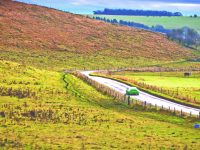
B4000, Lambourn, UK
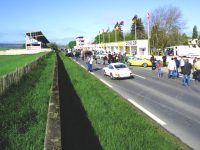
D27, Reims, France
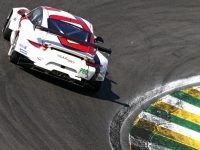
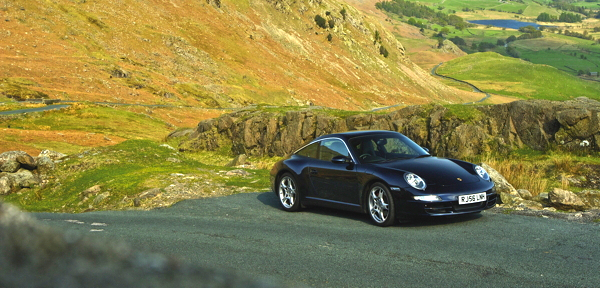
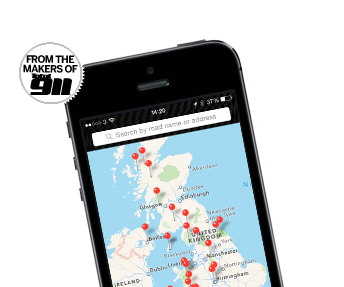

Comments (0)